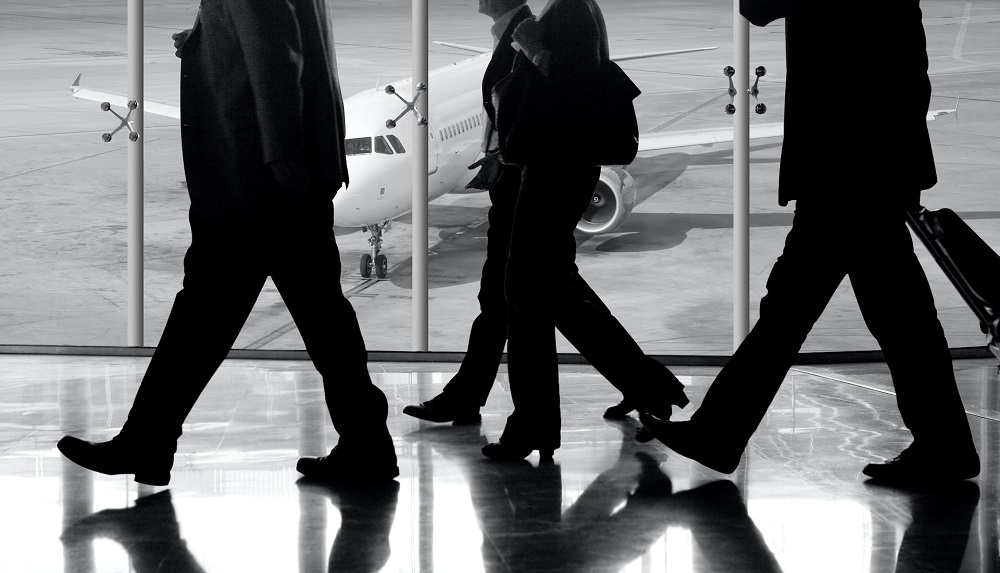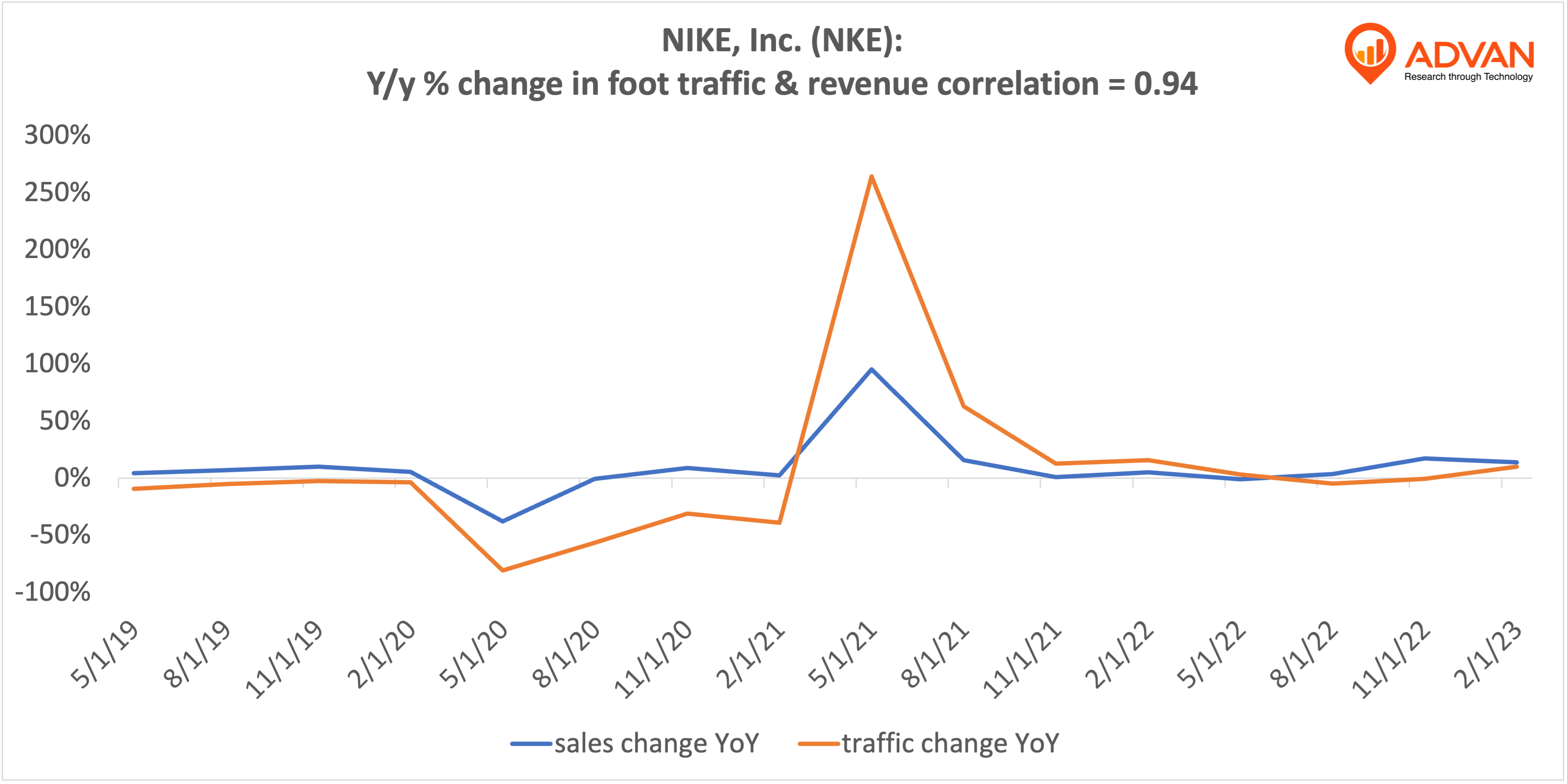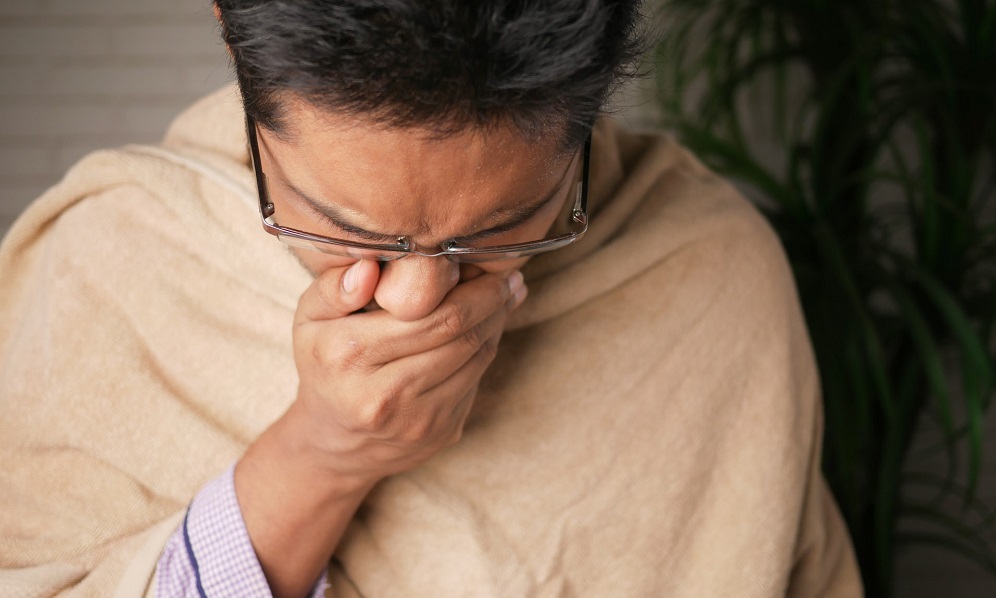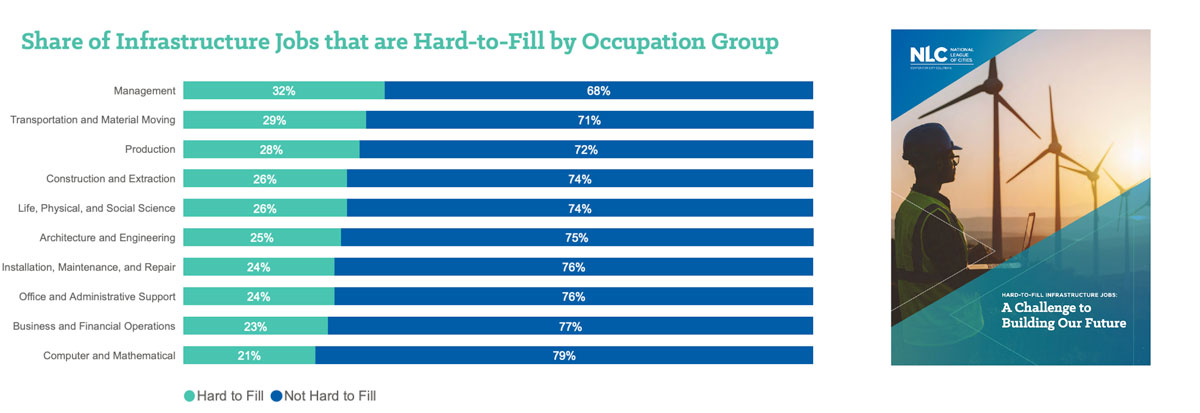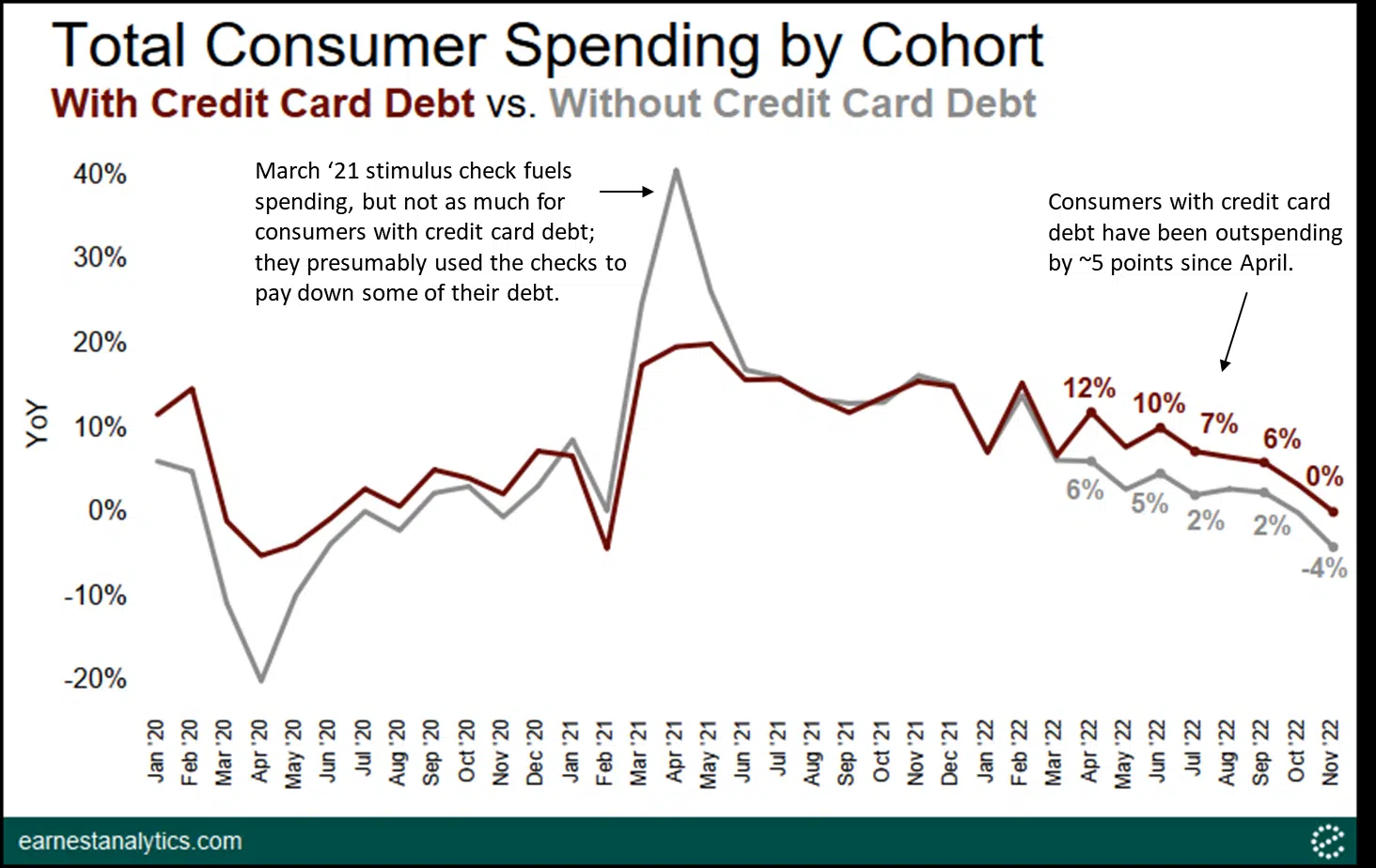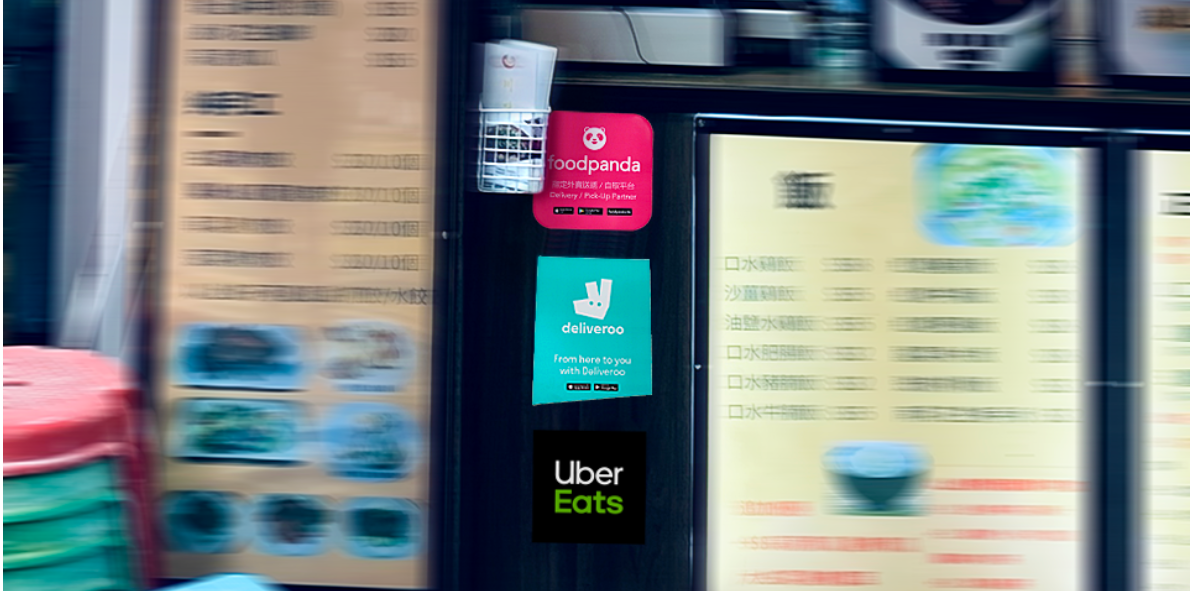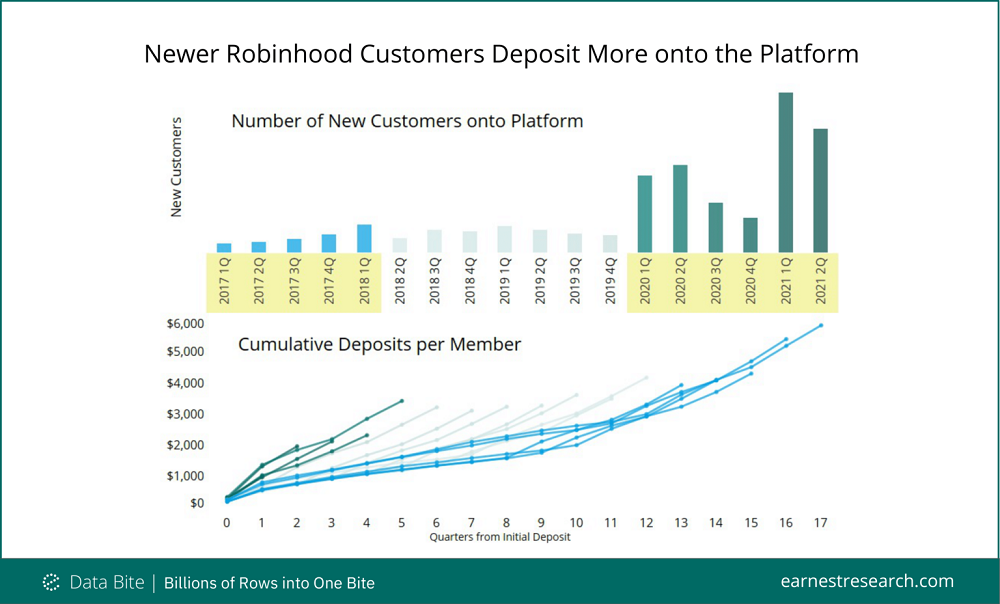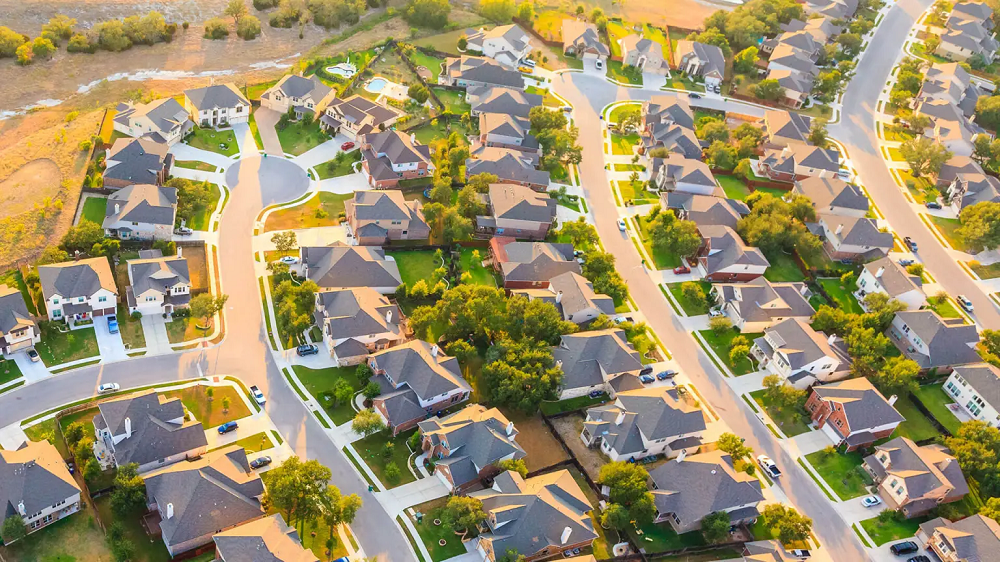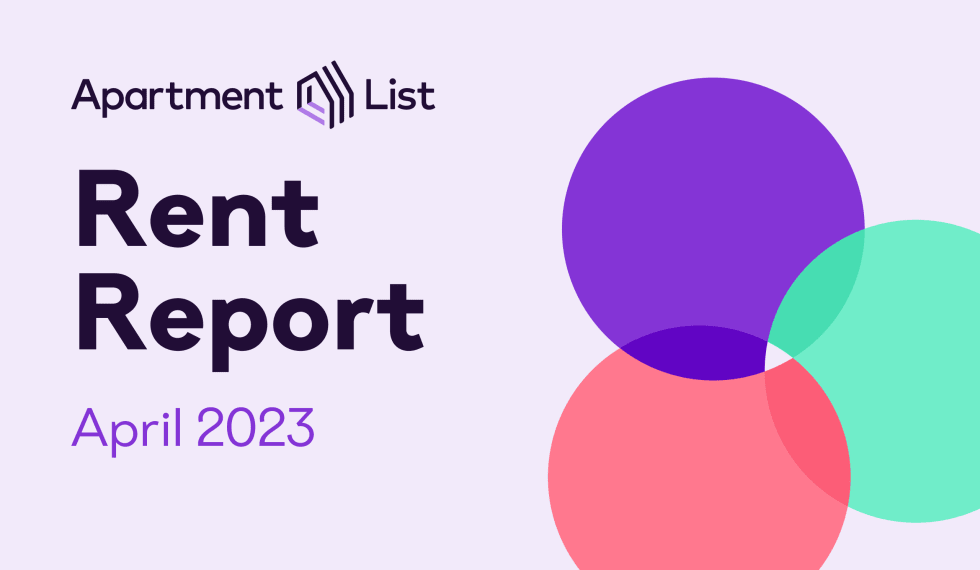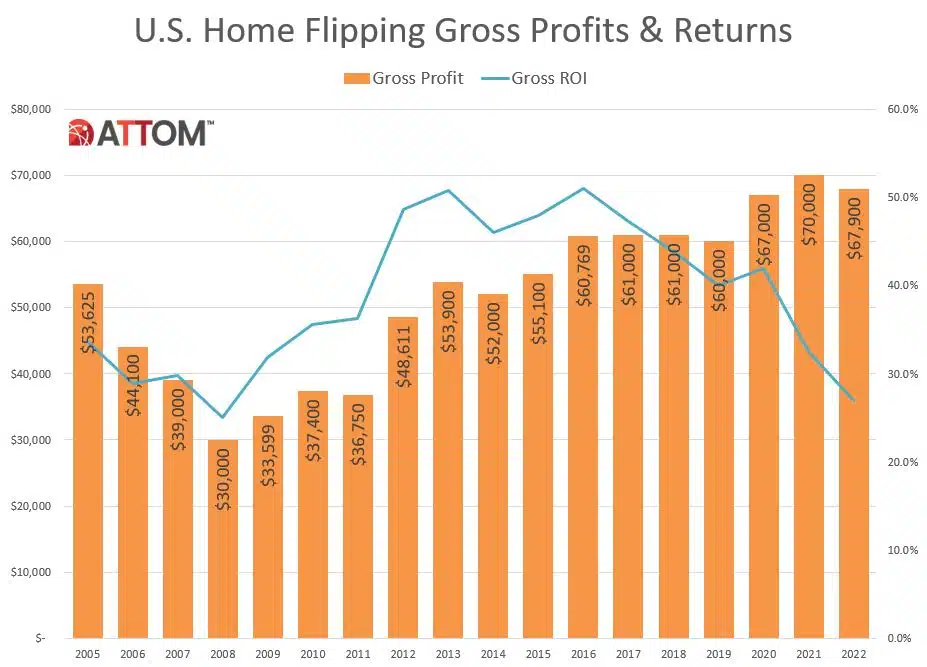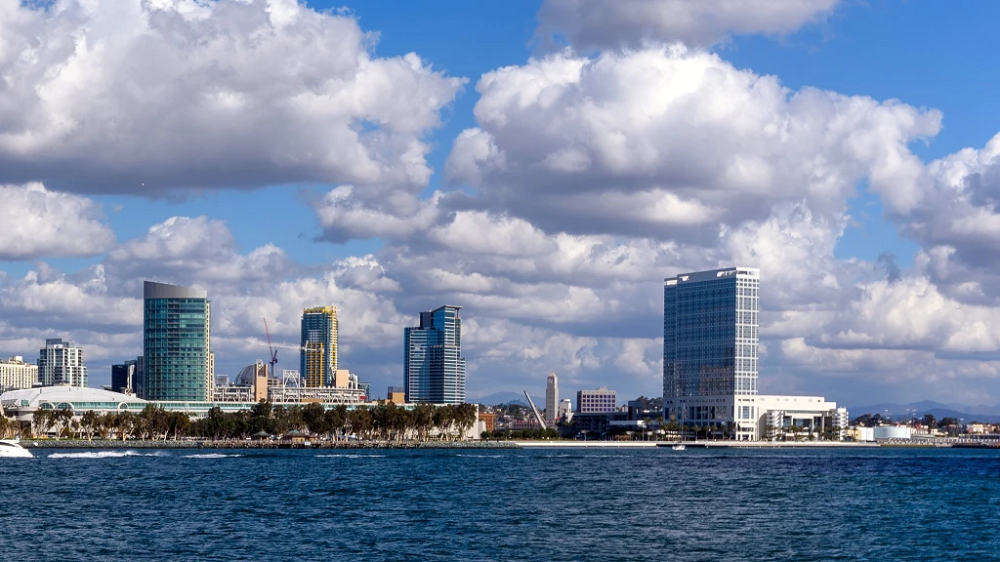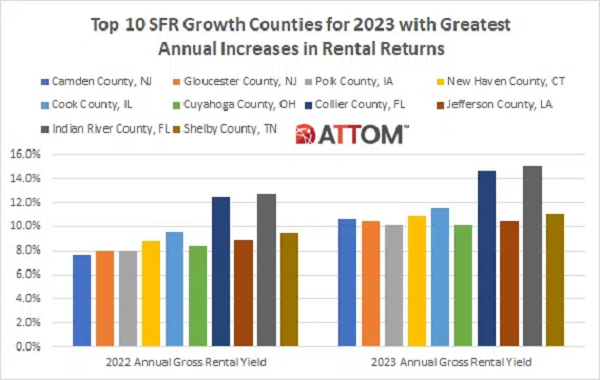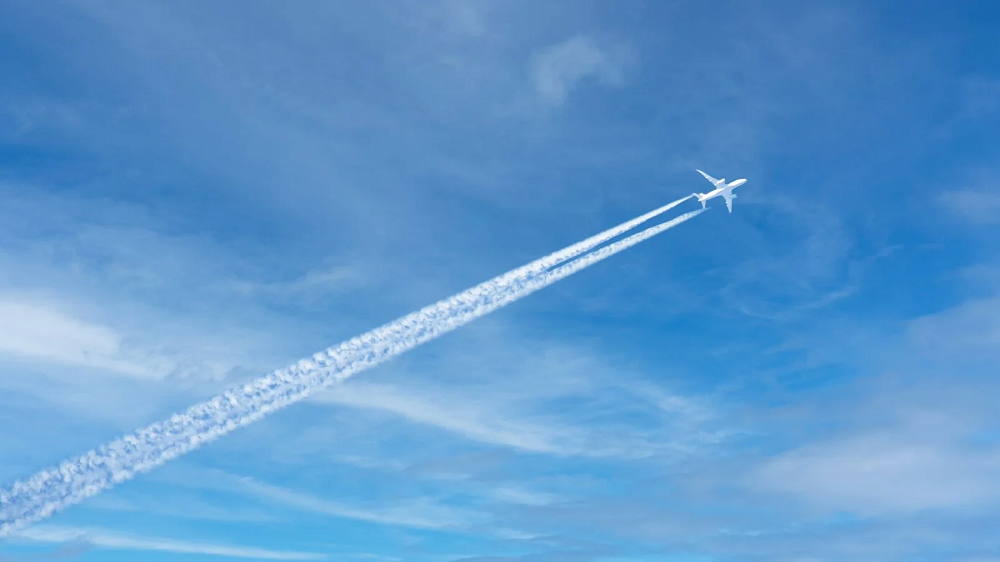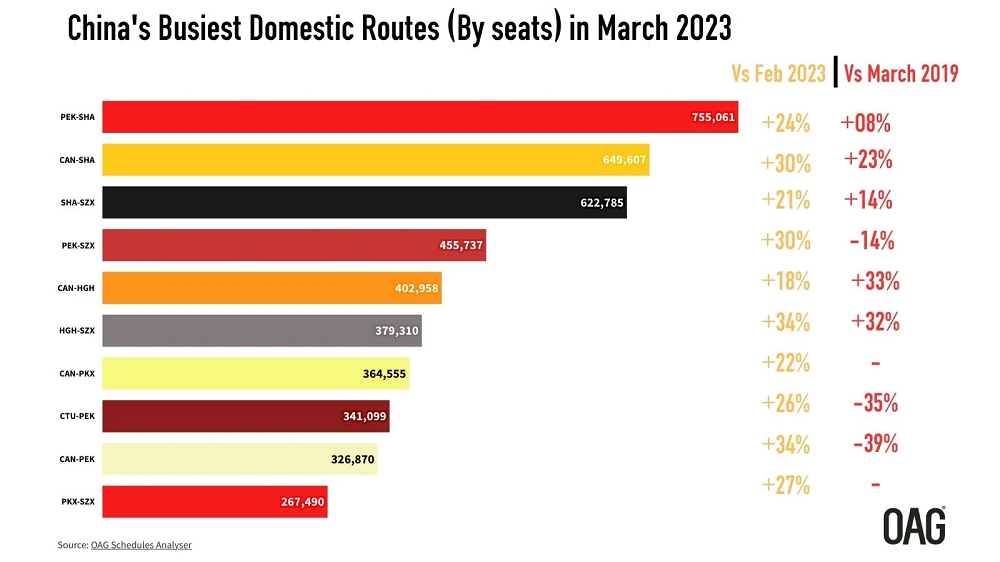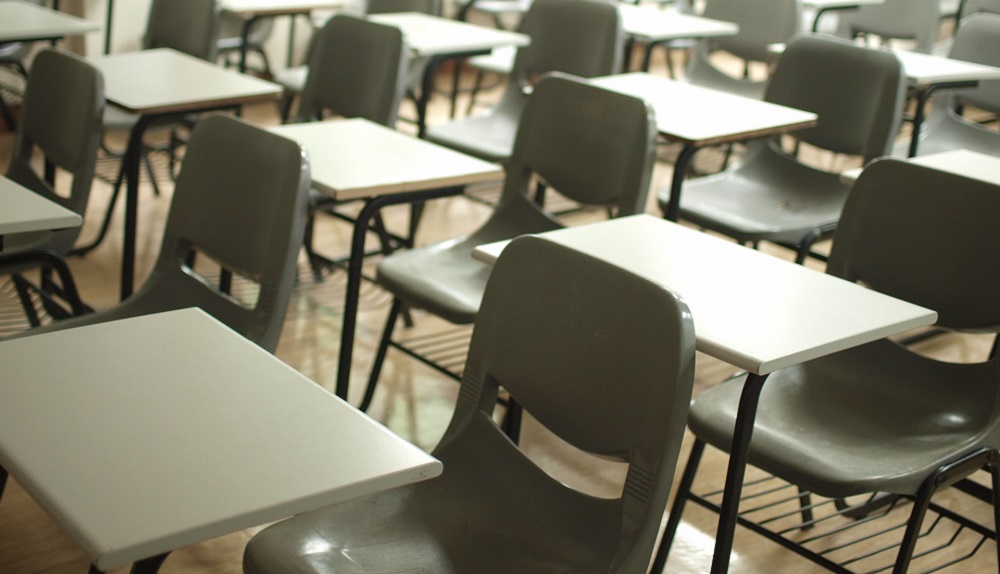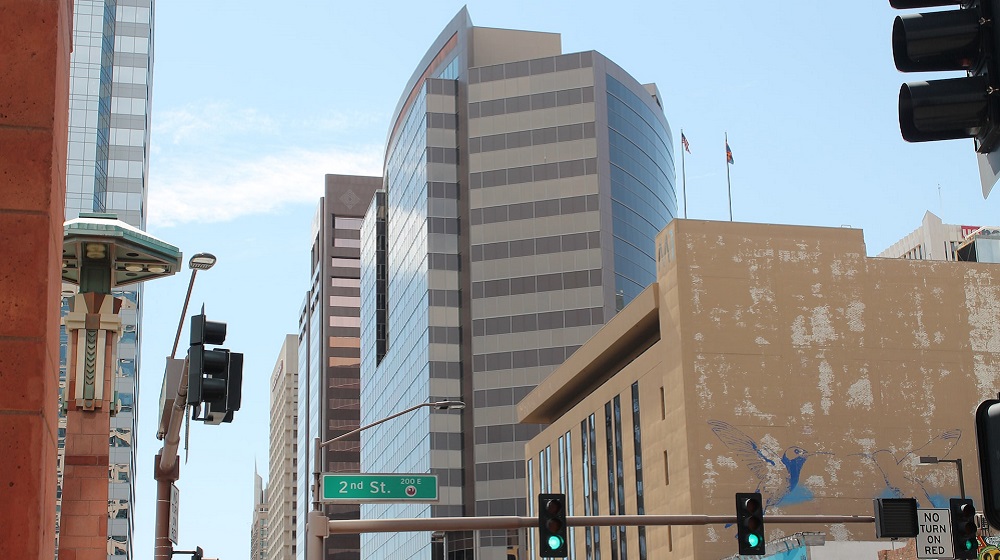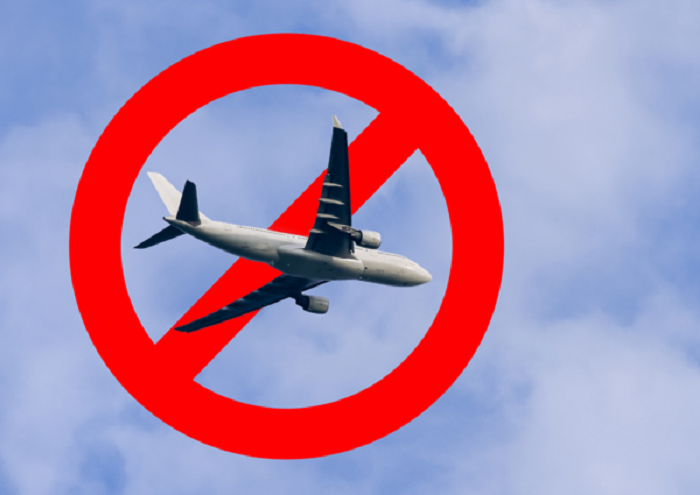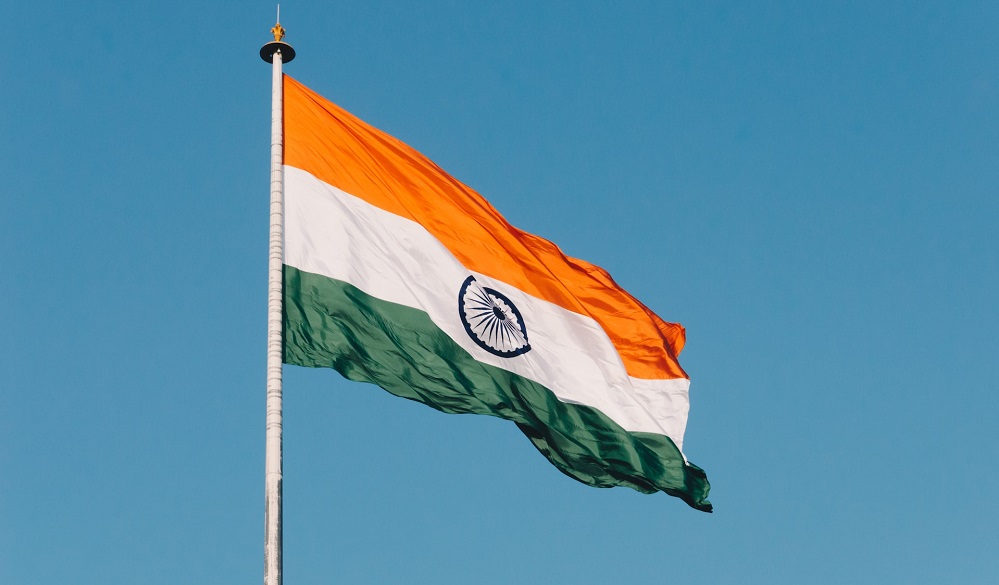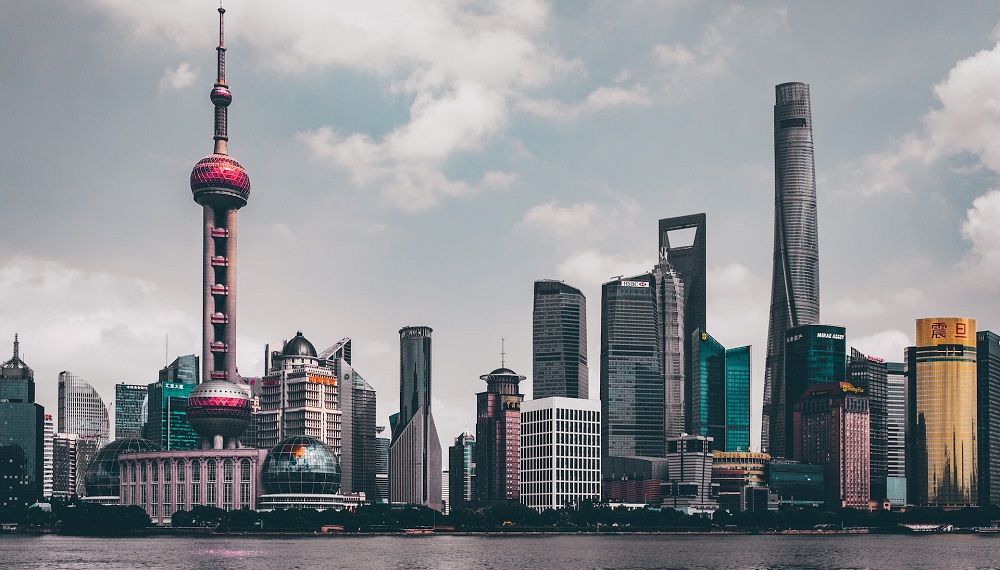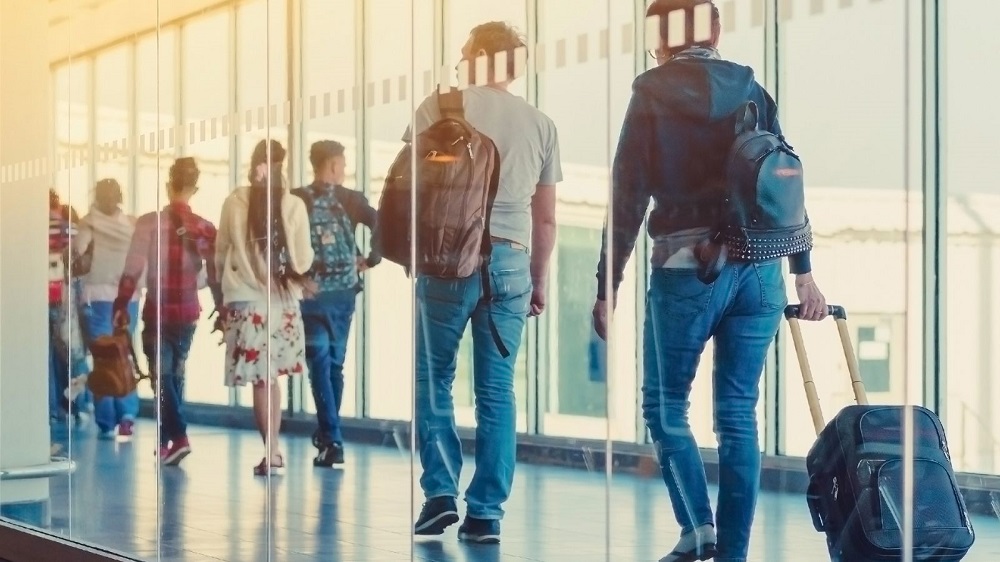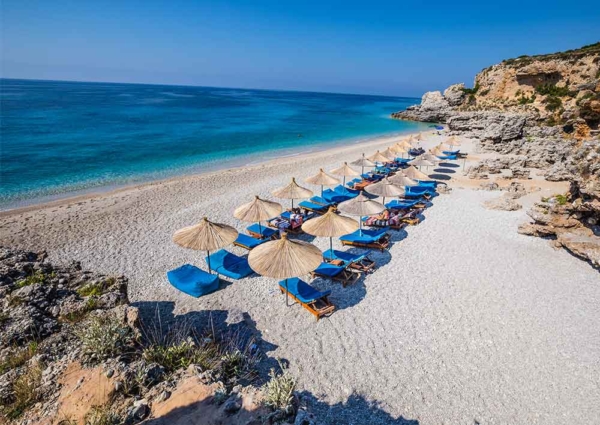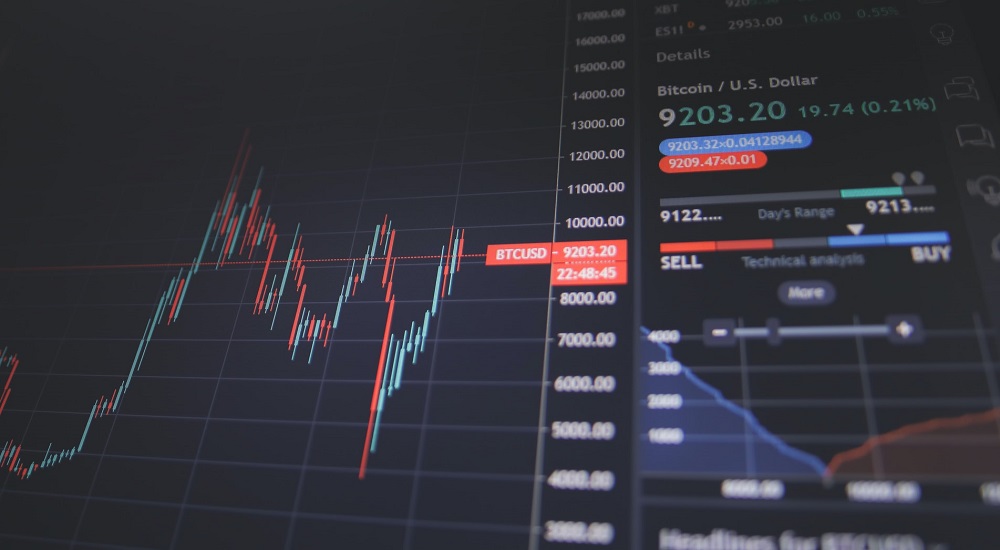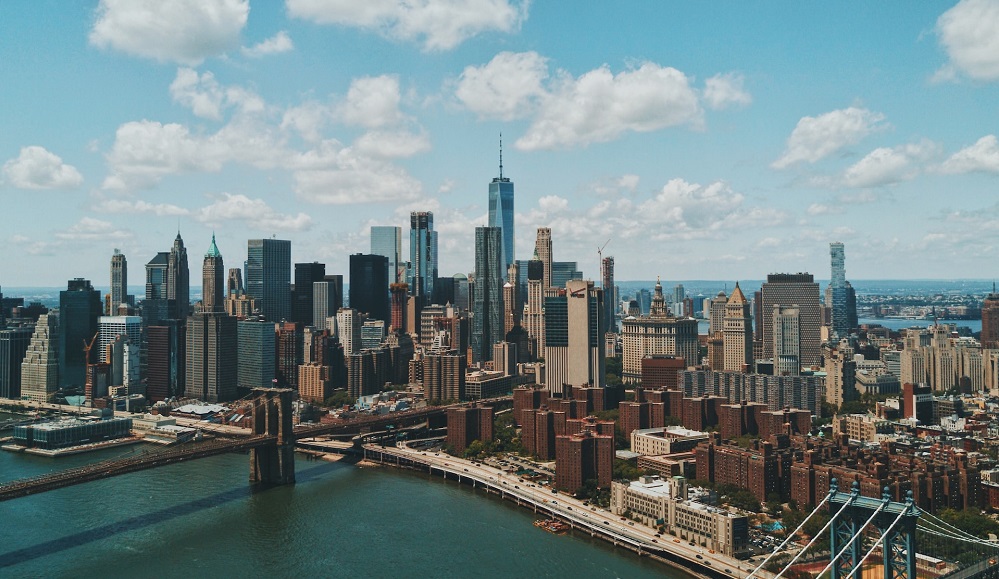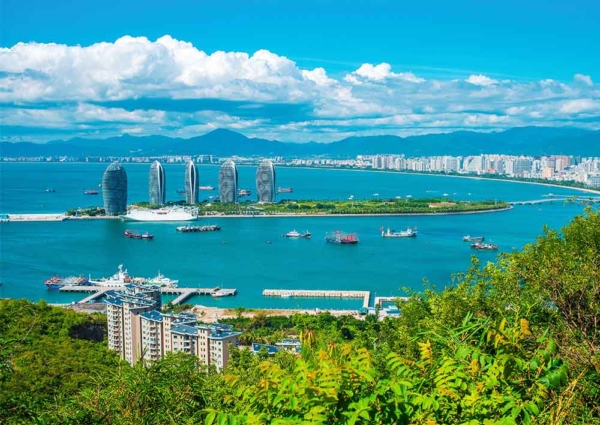Hong Kong fully removed its strict border restrictions on 13th December 2022, and its mask mandate on 1st March 2023 - one of the last territories in the world to do so. Throughout their prolonged lockdown, airlines faced stringent measures and strict penalties, leading to many simply canceling their routes altogether. At its worst, airline capacity in April 2020 dropped to -92% compared to 2019 levels, and recovered to a meager -75% in November 2022.
ForwardKeys, the leading travel and analytics firm based in Spain, latest research reveals that seat capacity for intra-European arrivals during Easter is expected to reach pre-pandemic levels. The destinations with the largest increases in air supply (out of destinations with a share >2 %) are Turkey, +26% up on 2019 levels, followed by Portugal (+12%) and Poland (+9%).
It appears that people are obsessed with measuring airlines. From the quality of service, the number of destinations served, on-time performance, passengers carried, load factors and just occasionally profitability, there are many interesting data points (many of which can be answered by OAG data). However, we rarely measure, or even note, one of the largest data points in the whole aviation industry - Available Seat Kilometres (ASKs). And even more rarely, ASKs by specific aircraft type; well until now!
Beijing-Shanghai (PEK-SHA) is the busiest domestic airline route in China this month, with a total of 755,061 scheduled seats between the two airports. This flight route sees a 24% increase month-on-month, and an 8% increase when compared to March 2019. The second largest domestic route is Guangzhou-Shanghai (CAN-SHA) with 649,607 scheduled seats, an increase of 30% compared to last month, and a 23% compared to pre-pandemic levels in March 2019.
Hotel occupancy came in at 62.8%, which was down from an elevated 64.2% the week prior (Presidents’ Day holiday) but higher than all other weeks in 2023 and 3.0% above the 2022 comparable. Average daily rate (ADR) was lower week over week as well but up 8.9% year over year (YoY) to US$151. As a result, revenue per available room (RevPAR) gained 12.1% YoY to US$95. As the 2022 Omicron calendar comparison fades, hotel performance is resembling a more normal pattern as evidenced by improving occupancy in major markets and growing group demand.
Signs of recovery are starting to emerge for China Tourism, Sandalwood Tourism Tracker and Retention data shows. Ctrip and Tongcheng Elong’s transaction level surge points to a rising overall Chinese consumer travel demand. Domestic travel remains above-seasonal post-CNY. Tourism to Hainan Island recovered and surpassed same period last year. In addition, though still far from 2019 level, CITS Sunrise Duty Free offline sales point to strong signs of rebound, up +331% y/y in 1Q22 QTD (Data up to Feb 26th).
As spring break season approaches, tracking school calendar data becomes critical for predicting travel demand across the U.S. The swings from one academic year to another can generate substantial waves in hotel performance, since vacation scheduling directly impacts over 50 million public K-12 students across the country, not to mention their families.
As forecasted, Phoenix’s hotel industry ranked second all-time among Super Bowl host markets in average daily rate (ADR) and revenue per available room (RevPAR) during the weekend of the big game. While the market’s rankings were as forecasted, the values that produced that status were different than projected. ADR ($538) and RevPAR ($468) beat forecasts, while occupancy (86.9%) was lower. When adjusting for inflation (real), Phoenix’s ADR and RevPAR were easily all-time highs for the market.
One year on from Russia’s invasion of Ukraine, ForwardKeys, which has access to the freshest and most comprehensive flight booking data available, has analysed the impact of the war on travel. It reveals a number of trends, some expected and others surprising. Predictably, sanctions and the ban on direct flights between Russia and most of the EU have dramatically reduced Russia’s air connectivity with the rest of the world. However, the Middle East and Turkey, which have not banned flights to and from Russia, have benefitted from a rise in air traffic to them and through them.
Travel data firm, ForwardKeys, latest air ticketing data reflects a better year for travel retailers and airports as post-covid consumer preferences swing in a more premium direction. And despite the economic slowdown, business travel continues. As airlines and airports are scrambling to rebuild air connectivity with Asia, some Eastern European airports have managed to position themselves as credible gateways to Europe and North America.
India’s hotel industry turned in a stellar 2022 with revenue per available room (RevPAR) 100% recovered to pre-pandemic levels even with a devastating start to the year caused by a surge in the Omicron variant. Recovery of RevPAR was more driven by average daily rate (ADR), which indexed at 108 when compared with 2019 levels. However, occupancy recovery was strong as well with an index of 93. Overall, the full recovery of RevPAR means indexing won’t be needed much longer as year-over-year percentage changes become actionable again once the calendar is beyond the Omicron comparables.
The latest ForwardKeys data shows that the ability to fly abroad once more following an extended period without long-haul holidays, reveals many travellers are willing to spend more on travel services such as premium cabin classes. This is good news not only for the airlines but also for destinations and tourism-related businesses – as premium-class travellers are likely to spend more on the ground too.
There was surprise around the globe when China announced the easing of most of its COVID restrictions in December 2022. That meant the end of a zero-COVID policy which had suppressed China hotel industry performance for almost three years. That also meant that January 2023 would feature China’s first Lunar New Year holiday without a lockdown since 2019, and as expected, positive performance developed for this important holiday period in the region.
There are some established indicators of how confident the airline industry is in the long-term future of aviation, some are obvious: aircraft orders, airport expansion and the seemingly daily job fairs being hosted by airports throughout Europe. Another indicator and one that occasionally grabs headlines is the availability and swapping of slots at London Heathrow, one of the world’s busiest and most lucrative airports for many airlines.
Performance recovery was substantial for most of Latin America’s hotel industry in 2022, with Mexico, Central America and South America easily surpassing their pre-pandemic comparables in revenue per available room (RevPAR). While all three experienced substantial growth in room rates, Central America came closest to 2019 level in occupancy.
Travel and tourism are among the most important sectors for the Albanian economy, both in monetary and employment terms. In 2019, the sector contributed $3,430 million, equivalent to 20.3% of Albania’s GDP, positioning it as one of the main contributors to the country’s economic development. Home to castles, archaeological sites and a pristine coastline, Albania has a lot to offer visitors. Yet the Balkan nation has never held a prominent position on the international tourist map, with its neighbour Greece and other local competitors like Croatia typically attracting many more travellers.
U.S. hotel industry occupancy bounced back in the week after the MLK holiday, reaching 56.3%. That level was up 6.8 percentage points (ppts) from a year ago and just 1.5ppts below the comparable week in 2019. Moreover, the week’s level was the eighth highest ever recorded for the last full week of January—the highest occupancy (58.4%) was posted in 2006. Even better, room demand was the second highest for the week and just 25,000 nights short of the record seen in 2020.
STR’s global bubble chart update for 2022 shows resilient performance and plenty of momentum to face a challenging 2023 ahead. Almost half of the STR-defined markets around the world fully recovered revenue per available room (RevPAR) to 2019 levels. Among the 64 countries with room supply of more than 50,000 rooms, Jamaica, Israel, Cyprus, Switzerland, and Singapore were the top five performers on an absolute RevPAR basis in 2022. In most regions, performance was driven more by hotel prices while occupancy lagged pre-pandemic levels. Israel led all countries with an average daily rate (ADR) of more than US$300.
Top-line performance recovery was aplenty around the U.S. in 2022 as record-breaking levels of demand were combined with strong pricing power in an inflationary setting. Among the recovery highlights, New York City made a phenomenal comeback to grab the nation’s top spot in revenue per available room (RevPAR), while smaller hotel destinations with a primary focus on high-end travelers also found significant levels of success for the year.
China’s decision to ditch its zero-Covid policy has triggered a surge in flight bookings, according to the latest data from ForwardKeys. And it’s the intra-regional neighbours in Asia who will reap the benefits the most. ForwardKeys China Market Analyst, Nan Dai, shared the latest figures in a joint webinar with Dragon Trail International and the consumer sentiment data aligned with the booking trends.
